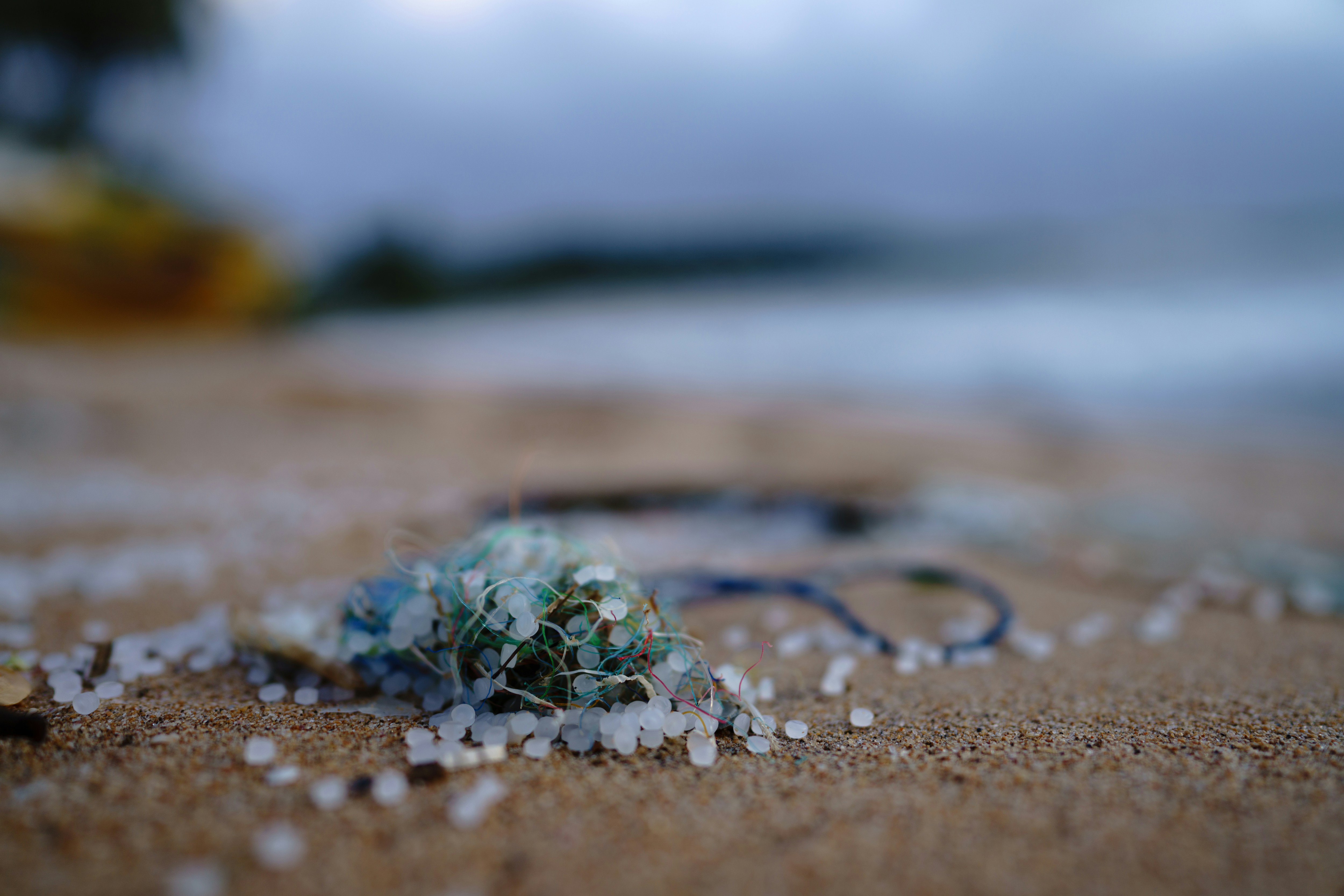
Microplastics are, as the name implies, tiny plastic particles that are less than 5 mm. You may have even picked some up at a beach. Although small and often not visible to the human eye, scientists and policymakers are increasingly paying attention to these tiny pieces of plastic due to their impacts on our environment, wildlife and human health. Plastic pellets are about the size of a lentil and are used to make a majority of plastic products.
Microplastics are able to escape wastewater treatment plants, flowing with the discharge water straight into our aquatic and marine areas, where they can be ingested and absorbed by wildlife from plankton to top-tier predators. Some microplastics, like plastic microbeads, were actually designed to be micro-sized to help with skin exfoliation, while other plastics, like plastic bottles and containers, start out as larger products, but break down over time into smaller and smaller plastic pieces.
Plastic microfibers are a type of microplastic consisting of tiny fibers from synthetic apparel – such as clothing made from polyester, nylon and other materials – car tires, fishing gear and more. In North America alone, washing machines release an estimated 3.5 quadrillion microfibers into the ocean every year through a process known as microfiber shedding.
Once in the environment, microplastics are nearly impossible to clean up due to their small size. Microplastics are found everywhere, even in the most pristine parts of the world, where they are ingested by wildlife, potentially working their way up the food chain and ending up on our plates. Beyond shorelines and beaches, researchers are finding microplastics in human blood, placenta, lungs and breastmilk and the list is growing at an alarming rate. Everywhere we look, we are finding microplastics.
With the exception of the amount that has been incinerated (which is also problematic), virtually every piece of plastic that was ever made still exists today in some shape or form.
The most straightforward and effective solution to microplastic pollution is to shift away from our reliance on single-use plastic products. If we produce less plastic in the first place, there will be less to break down into microplastics.
Everyone has a role to play! Here are a few actions on how you can help reduce microplastic pollution:
- Join a beach cleanup! Help pick up the larger pieces of plastic before they turn into microplastics. You can find beach cleanup events here.
- Wash your synthetic clothes in gentle cycles: A recent report showed that low-intensity wash conditions – generally described as “gentle” cycles – can reduce microfiber shedding by approximately 70%.
- Support policies aimed at reducing microfiber pollution: Do you live in California? You can help pass a law that would require microfiber filters on washing machines in CA! Make your voice heard in support of AB 1628 (McKinnor) by signing the action alert.
Keep an eye out for additional Surfrider campaigns that support policies such as requiring microfiber screens and labeling garments.
Video by Hannah Tizedes
